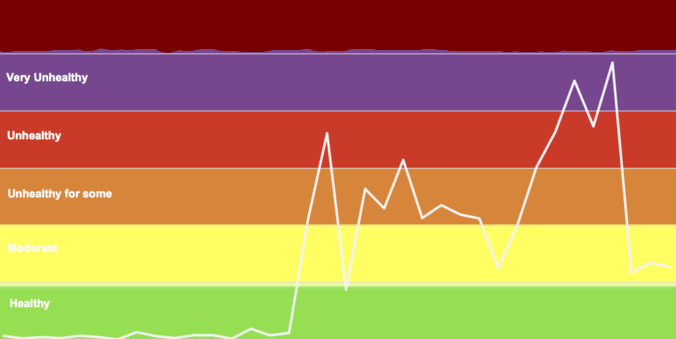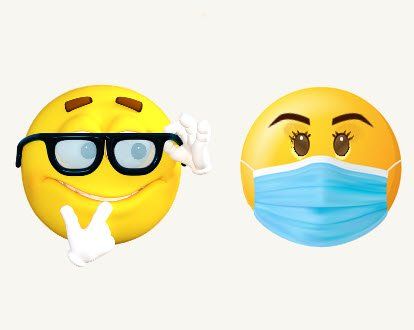


First, let's just put it out there: even the healthiest individuals can experience health problems that result from polluted air. Everyone reacts differently when exposed to
pm 2.5 and other particulates , and your actual risks of developing adverse problems will depend on your health status, the length of exposure to the polluted air, as well as the type of pollutant and the level of concentration.
One thing practically all scientists agree on is that some groups are particularly "sensitive" to the effects of particulate pollution. The people most susceptible to severe health problems as a result of exposure to air pollution include:
In terms of masks, medical respirators like the N95 offer a high level of protection, but they also make it significantly harder to breathe. Ironically, this extra strain can have the biggest impact on the people who need protection the most. We recommend a
cloth pm2.5 mask made to the GB/T 32610, designed to reduce smoke particulates by as much as 90%, with much less strain on your heart.
---
If you or a family member is on this list, pay special attention to air quality alerts when the AQI is "Unhealthy for Sensitive Groups". How do you know when it hits this level? The indicator will be orange, and the index number will be above 100. When that happens, stay inside if possible. If you do go outdoors, please wear a mask!
In April, the CDC's NIOSH division recognized ASTM F3502, the the first and only national standard for barrier face coverings. Learn about the filtration and breathability requirements for reusable F3502 masks.






© 2021 Puraka Clean Air Technologies, LLC.